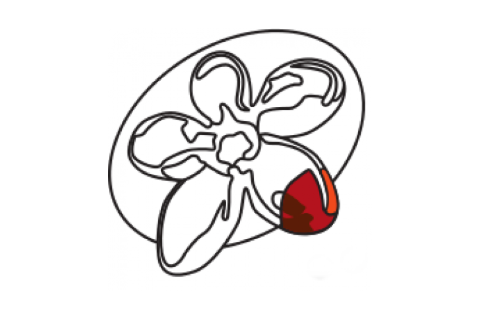
Dr Wouter Masselink
Postdoctoral Researcher, Tanaka Lab IMP – Research Institute of Molecular Pathology Vienna, Austria
- 10:00
- Monash University, Clayton Campus, Seminar Room - Level 3/ 15 Innovation Walk
- Australian Regenerative Medicine Institute
Abstract
While embryogenesis and adult tissue regeneration face a similar problem of establishing complex patterned tissue, they must do so on different spatial and temporal scales. Embryogenesis occurs rapidly on a small spatial scale, while adult tissue regeneration occurs slowly and on a large spatial scale. We thus ask if embryonic patterning mechanisms are also active in the context of adult tissue regeneration?
Somitogenesis is the key process by which the patterning of the primary body axis is established. During axolotl tail regeneration patterning occurs in the absence of visible somites. Instead the earliest segmented structures are myotomes, the addition of which occurs in a sequential but non-linear fashion.
Other periodically segmented structures such as vertebrae and dorsal root ganglia also form albeit at a later point during tail regeneration. We speculate that nonetheless the transcriptional oscillators which are a hallmark of the molecular machinery that underlies somitogenesis is also responsible for the patterning of the regenerating axolotl tail.
Using myotome pattern formation as an early read-out of segmentation we have identified the tissue region responsible for tissue segmentation and are currently performing genome-wide transcriptional analysis to determine the molecular processes controlling periodic segmentation of the regenerating axolotl tail.
This work will determine if patterning during development and regeneration can be controlled by a common molecular mechanism. If so it would show a high degree of robustness to this process as patterning in development and regeneration occur on vastly different spatial and temporal scales.
